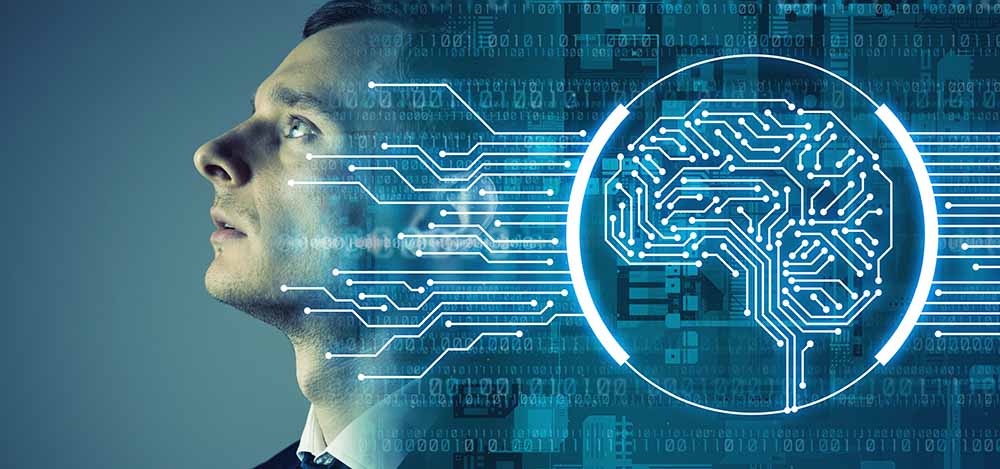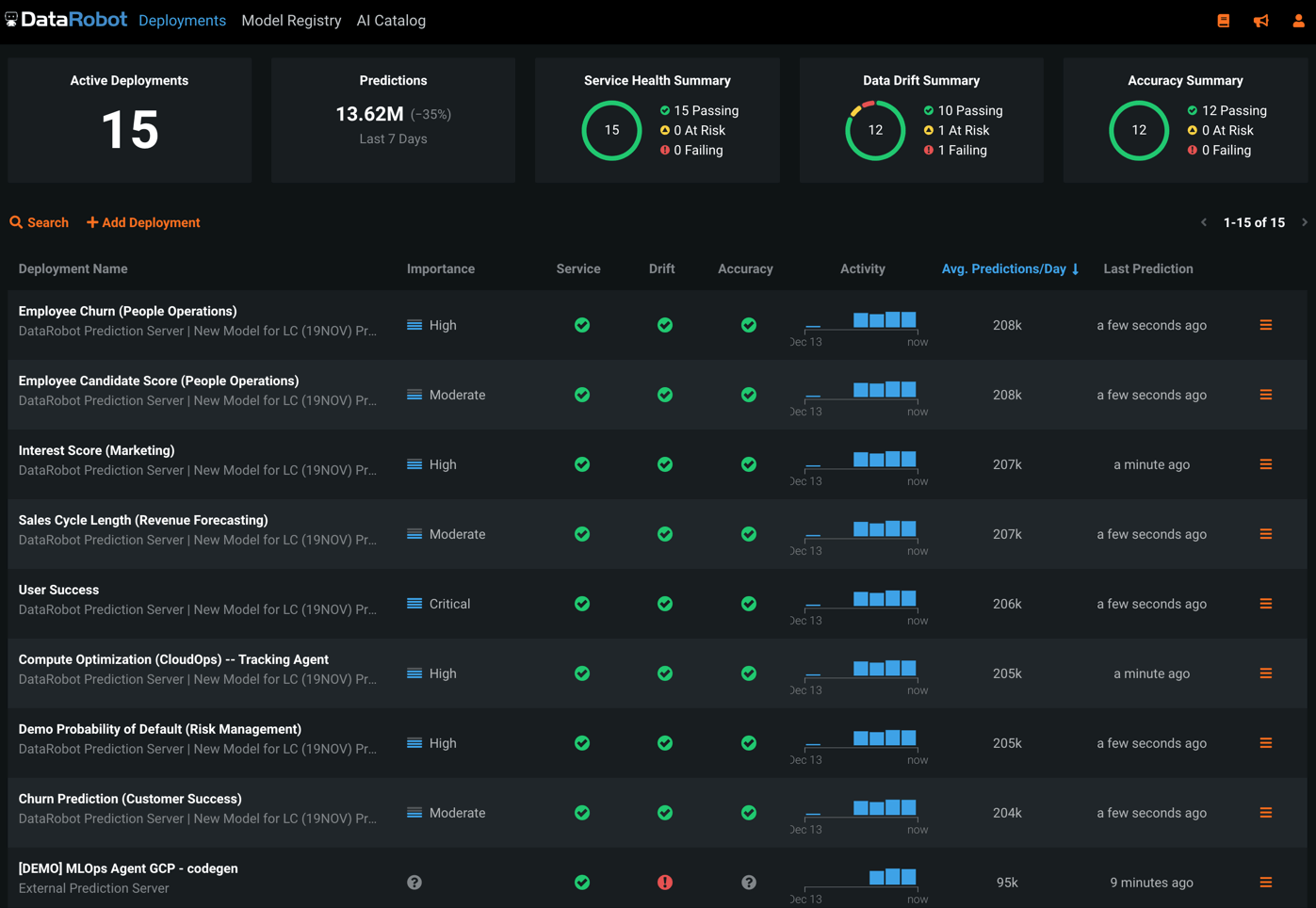DataRobot Expands Enterprise AI Platform; Visual AI Debuts, MLOps Updated
DataRobot’s latest enterprise AI platform aims to make it simpler for firms to build, deploy and manage machine learning models. IDN looks at DataRobot 6’s latest updates.

DataRobot is shipping a wave of updates and new rollouts to its enterprise AI platform.
DataRobot’s enterprise AI platform looks to make it easier for companies to leverage data science with end-to-end automation to build, deploy and manage machine learning models.
The latest rollouts come as part of DataRobot 6 and include three new offerings: AI Applications, Automated Deep Learning, and Visual AI. The company is also updating DataRobot MLOps and Automated Time Series.
With DataRobot’s latest automated deep learning and Visual AI capabilities open up the possibilities for AI-enabled apps. “Subject matter experts from any industry can now solve new business problems by including relevant image-based content along with other more traditional data types,” said Phil Gurbacki, SVP of DataRobot’s product and customer experience unit in a statement.
“This latest evolution of our platform will empower users to leverage AI to make even better decisions based on broader perspectives,” he added.
Richard Tomlinson, director in product marketing at DataRobot, shared details of the DataRobot 6 release in a recent blog post:
With Release 6.0, we’re introducing three “application accelerators” that can turn any deployed model (including DataRobot-generated models or external models written in R or Python) into an AI application. Just pick a model from your “Deployments” tab and select “Create Application.” Select from one of the three application accelerators and, with just a few clicks, you’ll have an AI application – no coding required!
The “Predictor” application accelerator creates a web app that allows a user to fill in values for fields in the underlying model and then generate a prediction. For example, if you’ve built a model to predict hospital readmission, a user would input information such as weight, age, presence of diabetes, and other health information, and the model would generate a prediction about how likely this particular person is to return to the hospital within 30 days.
But instead of simply generating a percentage, the application also reveals the Prediction Explanations from DataRobot that explain why that prediction was made (e.g., their weight is under control, they don’t smoke, etc.).
You can also update input values and see how these changes impact the prediction, as well as the underlying prediction explanations. If you need to make predictions in bulk (e.g., determine the likelihood of return for all patients expected to be discharged that day), you can upload a spreadsheet or CSV with values for each field and see the results immediately.
These new introductions further unlock the value of AI by putting the power of AI into the hands of more users and making it simpler to build and deploy deep learning models.
DataRobot Tackles AI, Deep Learning on Numerous Fronts
With so many opportunities for applying AI across the enterprise, there is a surge in custom demands for making AI/ML more accessible to multiple stakeholders.

Here’s a summary of how DataRobot’s latest rollouts aim to address the state of today’s market:
Visual AI: DataRobot’s Visual AI’s image-based machine learning supports use cases requiring image recognition and classification. It lets users address computer vision use cases and combine diverse types of data in their models. Users can drag and drop a collection of images into a project and build custom deep learning models in minutes. Visual AI also allows users to leverage images alongside any other feature types -- such as numeric, categorical, dates, and raw text.
AI Applications: With AI Applications, users can turn any machine learning model into an AI application. This lets a wide range of users, even those with little few if any AI skills to interact with the predictive insight of an underlying model and conduct essential tasks -- experiment with different scenarios, predict results, and make more informed business decisions. AI Applications also includes an Applications Gallery – a one-stop-shop that allows business users to find the application that best suits their needs. It works with DataRobot-generated models or models written in R or Python.
Automated Deep Learning: DataRobot has updated its deep learning capabilities, which are powered by a new Keras-based model framework. Traditionally, training deep learning models is expensive and time-consuming. DataRobot’s new capabilities allow users to build successful and reliable deep learning models that are ready to deploy into production.
MLOps: DataRobot MLOps now includes pre-packaged model environments. This lets users drag-and-drop model files, developed in languages such as Python and R, and deploy them using Kubernetes. The update also includes unlimited batch scoring with integrations to leading cloud storage options. It also adds Monitoring Agents that can capture metrics from models deployed to almost any environment.
Automated Time Series: Automated Time Series now features new deep learning techniques that remove the traditional forecasting barriers to make easy work of large-scale multi-series forecasting applications.
DataRobot Paxata: Following the acquisition of Paxata in December 2019, DataRobot has integrated Paxata’s AI-assisted data preparation solution seamlessly with its AI Catalog to empower novice and expert users to rapidly explore, clean, combine, and shape data for training and deploying machine learning models.
Readers can learn more about DataRobot or receive a demo here.






